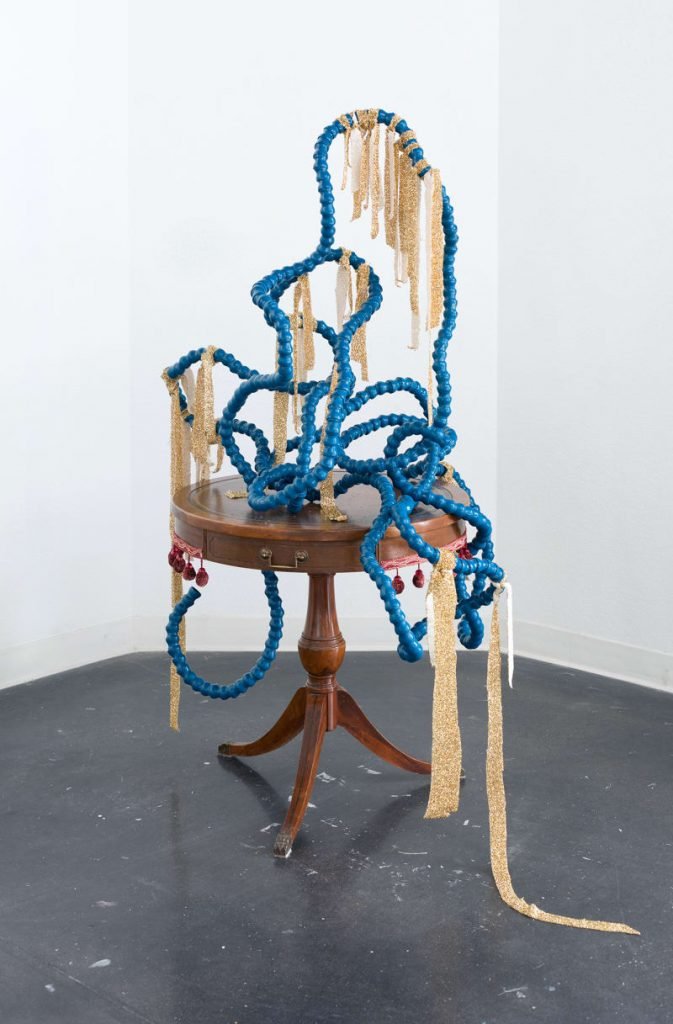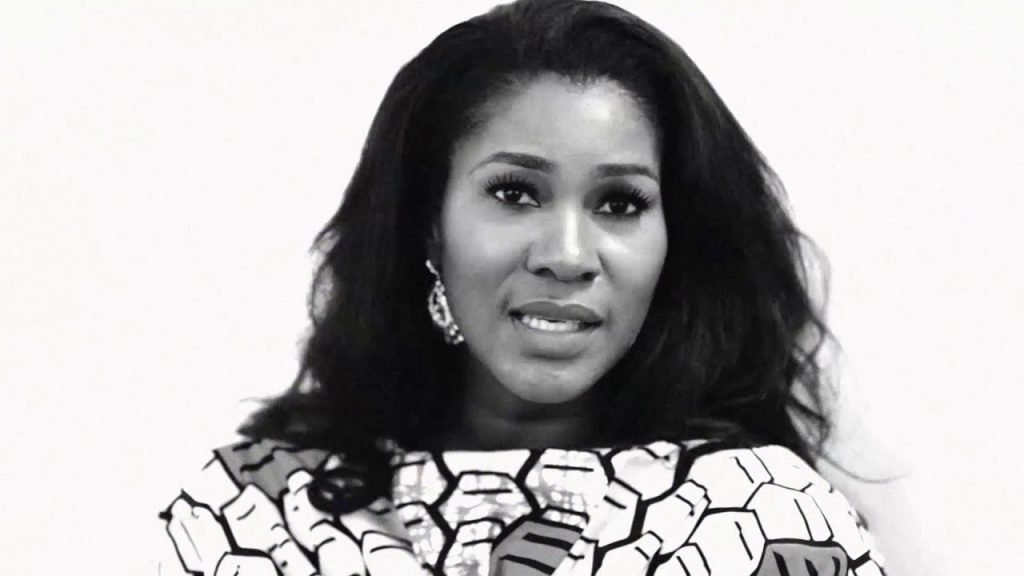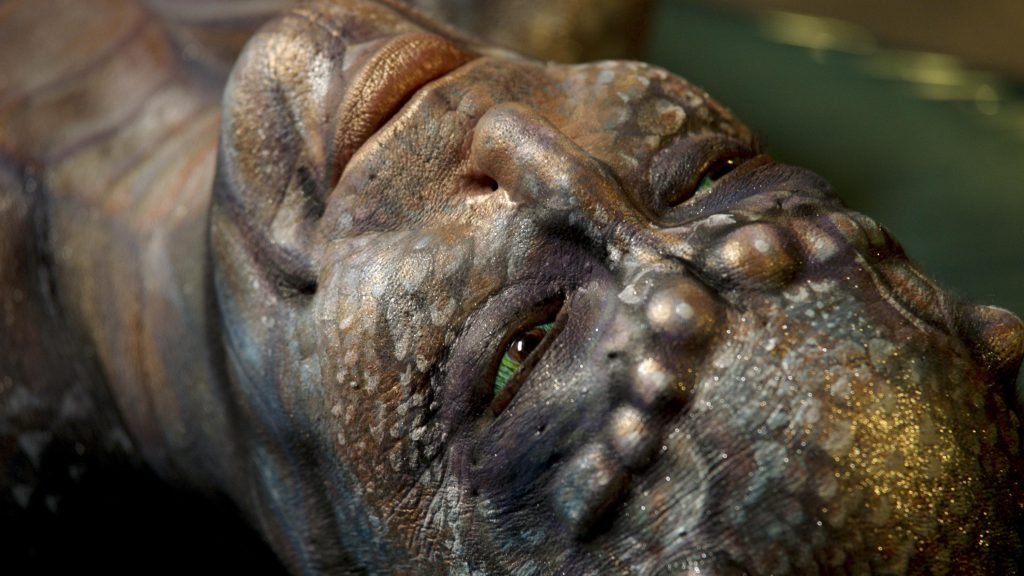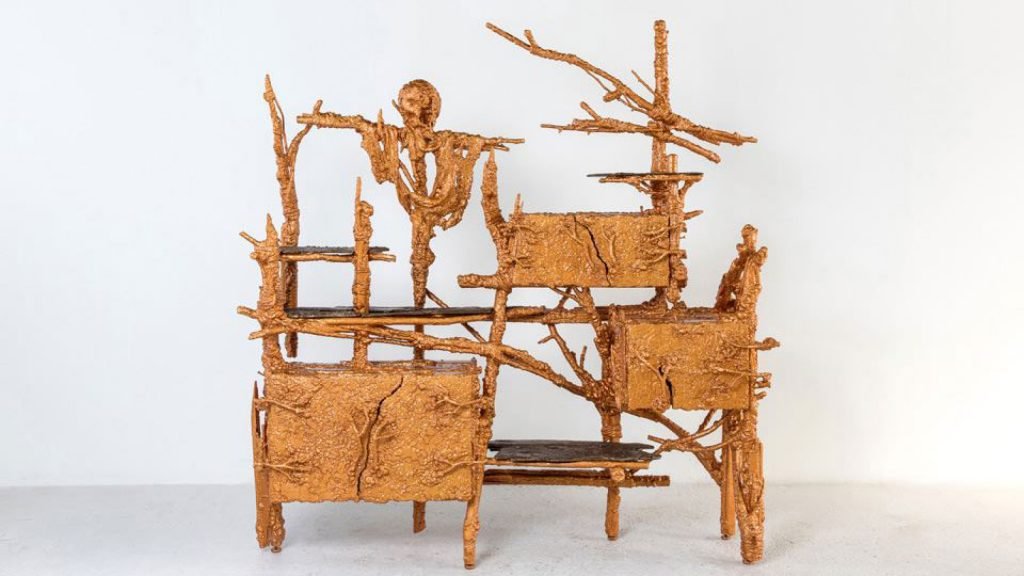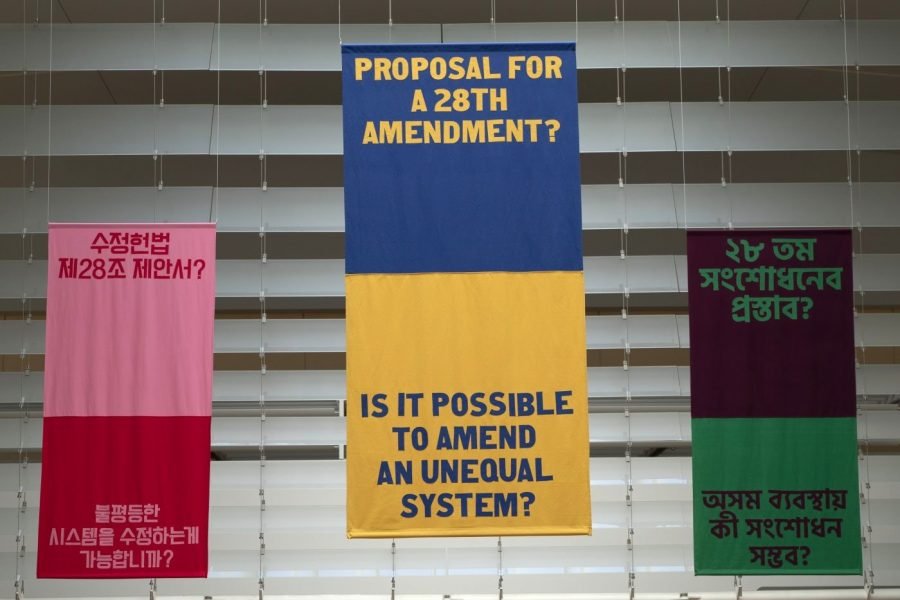
Decades ago, when the institutions of global trading and the national trade policies of the U.S. and many other countries were forged, the emphasis was on opening up and accessing markets. Export promotion by governments was a prime goal of most nations’ trade policies. And building markets around the world were priorities for many companies.
Today the primary focus for many governments and companies has changed. Exports remain important, of course, but for most the major policy challenge has shifted. Now they are ensuring supply reliability, building reserve stockpiles of key items, attempting to predict and plan for supply disruptions, and diversifying procurement through sourcing in many countries, including a greater emphasis on localization or regionalization, or what some refer to as “friend-shoring,” as opposed to relying on adversaries. This is particularly true for critical technologies, but also includes such things as building supplies, medical equipment and medicines, energy, minerals and other raw materials. Corporate strategies related to procurement and supply availability loom large in board rooms, and government supply resilience is becoming more important for economic and national security reasons.
This is the result of cumulative events. Supply-related concerns started in earnest in 1973, when the OPEC oil embargo forced the U.S. to recognize that a product once believed to be abundant and widely available was cut off by countries that the U.S. had considered politically and economically reliable. This was one of those seemingly low-probability but high-impact events for which the U.S. had not planned. That led to the creation of the International Energy Agency to enable countries to plan for and react to such events, largely through building oil stockpiles. But after that, a diplomatic process that satisfied the major oil exporters ended the embargo and attention to supply cutoffs diminished in Washington and other capitals.
The supply issue has required more attention lately because of several factors. First, the U.S. has become increasingly concerned about its dependence on China for critical products.
During the height of the pandemic, numerous Chinese factories were closed and many products on which Americans relied were unavailable or faced long delivery delays. We are again seeing this because of shutdowns in Shanghai.
Even before the pandemic, the U.S. imposed higher tariffs on many Chinese products to force Beijing to change its trade policy, strengthen intellectual property and trade secrets protection, and further open its markets. Human rights and security-related issues in China also entered the equation. The tariffs raised prices in the U.S. for many Chinese goods, forcing U.S. companies to seek other foreign or domestic suppliers. Both turned out to be tricky tasks; many of the U.S.-China supply lines had functioned for decades and finding substitutes for China’s efficient factories and transportation infrastructure proved costly and difficult.
U.S. export restrictions on China also were imposed when Washington became more concerned that certain American-made items could enhance the capability of China’s military or boost Chinese technological strength. Restrictions on the export of certain American technology — and other items — led China to move quickly to produce such items at home or find sources elsewhere to avoid reliance on restricted American items. And Washington pressed its allies not to buy certain Chinese technology that could compromise domestic communications systems, or to sell technology that could augment Beijing’s military or technological capabilities. What started as a trade war became increasingly a technology-related conflict.
Russia’s devastating attack on Ukraine has upped the utilization of trade restrictions on Russian products and all but destroyed certain trade relationships. In what some have referred to as the “mother of all sanctions,” virtually all U.S. trade and, except for oil and gas, most Western trade with Russia has been suspended. Russia is hardly a major trading partner for the U.S., but it is for Europe. And sanctions have cut down or eliminated the availability of some products for Russia’s major European trading partners and some American ones.
Suggestions for further tightening Western sanctions are on the table. But the trade disruption goes further. Russia is not simply an oil and gas exporter; it sells a lot of minerals around the world. In addition, Ukraine is a large food supplier. The war has cut into its exports of wheat, corn and barley, which are staples to many countries. And sizable amounts of fertilizers originate from Russia and Belarus. This has put significant pressure on world food prices, adding to rising inflation in the U.S. and other countries. The pain is particularly being felt in North Africa and the Middle East (especially Egypt), and prospects for social unrest are growing.
The war will prevent Ukrainian farmers from planting this spring, portending a further increase in world prices down the road. It will extend to much of Europe and the U.S. The price increase in U.S. fertilizers is compounded by duties placed on imports of Russian fertilizers to this country due to a previous trade dispute. Questions are being raised about how America could become so dependent on Russian fertilizer in the first place, and how Europe could become so dependent on Russian energy. But that was a different era — and new thinking is taking place about severing such supply links in the future.
These are not the only Russian items we rely on. We are used to thinking of Russia as only an oil, gas and food exporter. But various countries depend on Russian coal, iron and steel. While replacements of some of these items exist around the world, there are likely to be temporary price bumps. Not so easy with nickel, which is essential in batteries, gas turbines and pipes. Russia is the world’s largest exporter of this mineral — more than double the exports of Canada and Australia. It is the second largest exporter of platinum and palladium; many industries rely heavily on both. The beleaguered semiconductor industry especially depends on palladium.
All told, the narrative of the past — that just-in-time deliveries, reliance on the cheapest sources without much attention to reliability, the lack of the need for stockpiles to address emergencies or disruptions — is likely to give way to a far greater focus on reliability of sources and who are the most trusted suppliers of critical technology and other items; the need for strategic reserves; and less preoccupation on just-in-time deliveries without also weighing source reliability.
Just as happened after the 1973 oil embargo, the U.S. and its allies and friends must work out a strategy among themselves and with other nations that are vulnerable to cutoffs — whether because of wars, pandemics or political leverage. Corporations will need to place greater emphasis on their procurement policies, emphasizing strategic supply and procurement management, diversity, resilience and reliability of critical items. These factors, taken together, will become central elements in the emerging post-COVID, post-Ukraine war and more ideologically and geopolitically divided world economic order.
Robert Hormats is managing director of Tiedemann Advisors, a New York-headquartered financial firm. He was undersecretary of State for economic growth, energy and the environment, 2009-13; a senior official of Goldman Sachs from 1982-2009; assistant secretary of State, 1981-82, and a former ambassador and deputy U.S. trade representative, 1979-81. As senior economics adviser to three White House national security advisers from 1969 to 1977, he helped to oversee the U.S. opening to China. Follow him on Twitter @BobHormats.




